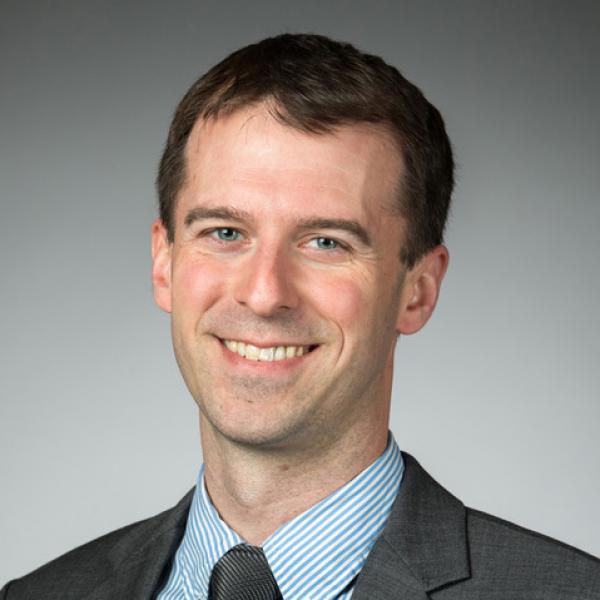Dr. Matt Kloser and Colleagues Awarded $1.5 Million Grant from National Science Foundation
Dr. Matt Kloser, the director of the Notre Dame Center for STEM Education, and Dr. Jose-Felipe Martínez of UCLA’s Graduate School of Education and Information Studies, have received a $1.5 million grant from the National Science Foundation (NSF) to examine how vertical teams of teachers – teachers across grade levels – can use a portfolio app to create and make instructional decisions about learning trajectories in physical science.
Recent reforms in science education have identified a small number of core science ideas that spiral in increasing depth across a young person’s science learning experience. The SPIRAL project will use an existing digital app to collect a diverse set of student artifacts, such as videos of discussions, written responses, and photos of student work, from K-8 science classrooms. The app was developed by the same research team in a previous research study supported by NSF.
“Evidence of student thinking is critical to creating high-quality science learning experiences. Better understanding how teachers can use artifacts from the classroom to think about the long view of student learning could result in new ways of how we think about science education systemically, instead of as individual teachers isolated within their own classrooms,” said Matt Kloser on the launch of this new study.
Teams of teachers representing different grades – for example, a team of teachers representing kindergarten and third and sixth grades – will work as a vertically aligned professional learning community (PLC) to investigate student thinking and practices related to core concepts in physical science that spiral through these grades.
Members of the PLC will create rich digital portfolios of students’ learning trajectories using the artifacts and the digital portfolio. The research team will concurrently investigate the learning trajectories of these science ideas as well as how professional learning among teachers is facilitated by the vertical PLCs and the digital tool.
While studies about PLCs focus almost exclusively on grade-level collaborations, the SPIRAL project examines an ideal vision of multi-grade teams engaging in complex reflection about spiraling core ideas and scientific practices as they develop over time.
“I am thrilled that Matt and his colleagues have the opportunity to expand their research,” said John Staud, the acting director of the Institute for Educational Initiatives. “It opens up new avenues of collaboration beyond grade-level teams that have the potential to profoundly change how students learn and grow.”
The SPIRAL project will provide over 150 direct hours of professional development for 30 lead teachers, and over 25 hours for 120 K-8 science teachers. It could also lead to opportunities for replication in other subjects, informing a much broader field about the use of vertical collaboration and software tools.
